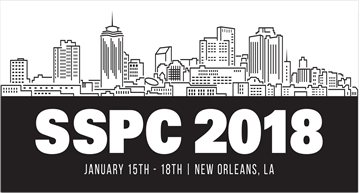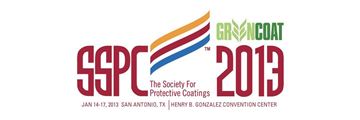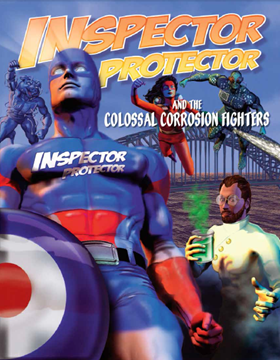Search
Adhesion Measurements of Coatings on Cylindrical Steel Pipes: Variability & Significance
Also Purchased
Adhesion Tests and Failure Modes Study on Structural Steel Coatings
Product Number:
41213-771-SG
Publication Date:
2013
$20.00
Inspector Protector and the Colossal Corrosion Fighters
Product Number:
37585
ISBN:
Inspector Protector
$2.00




